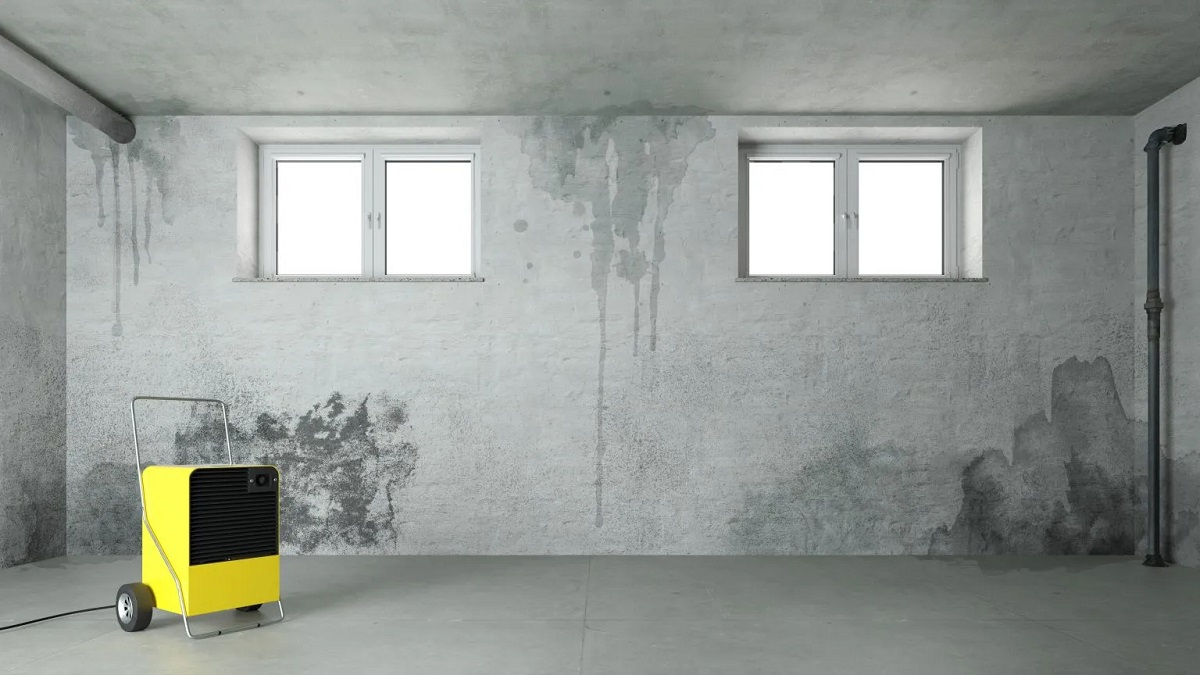

Articles
What Size Dehumidifier For Basement
Modified: January 18, 2024
Discover the perfect dehumidifier size for your basement with our informative articles. Make sure your basement stays dry and comfortable with the right dehumidifier.
(Many of the links in this article redirect to a specific reviewed product. Your purchase of these products through affiliate links helps to generate commission for Storables.com, at no extra cost. Learn more)
Introduction
When it comes to maintaining a comfortable and healthy environment in our homes, controlling humidity levels is essential. Excess moisture in the air can lead to a myriad of problems, especially in basements. Basements, being below ground level, are more prone to high humidity levels due to lack of proper ventilation and exposure to moisture seepage.
To combat this issue, a dehumidifier is an excellent investment. Dehumidifiers are designed to remove excess moisture from the air, helping to prevent mold and mildew growth, musty odors, and damage to walls and furniture.
However, choosing the right size dehumidifier for your basement is crucial to ensure optimal performance and efficiency. Buying a dehumidifier that is too small for your space will result in inadequate moisture removal, while an oversized dehumidifier will consume unnecessary energy and may lead to discomfort.
In this article, we will explore the factors to consider in choosing the right size dehumidifier for your basement. We will discuss how to measure the basement area, determine the moisture level, and calculate the required dehumidifier capacity. By the end, you will have a clear understanding of how to choose the correct dehumidifier size for your basement.
Key Takeaways:
- Choosing the right size dehumidifier for your basement involves considering factors such as basement area, moisture level, climate, usage, noise levels, and energy efficiency. It’s crucial to measure the area, determine the moisture level, and calculate the required dehumidifier capacity for optimal performance.
- In addition to selecting the correct dehumidifier size, consider placement, drainage options, maintenance, smart features, and warranty coverage to maximize its effectiveness. Implementing other measures like improving ventilation and waterproofing can further enhance basement moisture control.
Read more: What Is The Best Dehumidifier For Basement
Understanding Basement Humidity
Before diving into the process of selecting the right size dehumidifier for your basement, it’s important to understand the factors contributing to high humidity in basements. By identifying the root causes, you can better address and manage the issue.
Basements are naturally more susceptible to moisture problems due to their underground location and lack of proper ventilation. There are several common culprits that contribute to high humidity levels in basements:
- Water Leakage: If your basement experiences water leakage from plumbing issues, cracks in the foundation, or improper drainage, the excess moisture can significantly increase the humidity levels.
- Poor Ventilation: Basements often have limited air circulation, especially if they are not connected to an HVAC system or lack windows. This lack of airflow can trap moisture and contribute to higher humidity.
- Moisture Seepage: Moisture from the ground surrounding your basement can seep through the walls, especially if your basement lacks proper waterproofing measures. This can lead to dampness and increased humidity.
- Appliances and Activities: If you have appliances such as washing machines or dryers in your basement, or if your basement is used for activities that generate moisture (e.g., cooking or showering), it can contribute to elevated humidity levels.
It’s crucial to address these underlying issues to minimize basement humidity. Repair any water leaks, improve ventilation by installing exhaust fans or opening windows, and consider waterproofing measures to prevent moisture seepage.
While these steps will help mitigate humidity problems, a dehumidifier is an effective tool for controlling and maintaining optimal moisture levels in your basement.
Factors to Consider in Choosing the Right Size Dehumidifier
Choosing the right size dehumidifier for your basement involves considering several important factors. By taking these factors into account, you can ensure that the dehumidifier you select is capable of properly managing the humidity levels in your space.
Here are the key factors to consider when choosing the right size dehumidifier:
- Basement Area: The size of your basement is a fundamental factor in determining the capacity of the dehumidifier you need. Larger basements will require more powerful dehumidifiers to adequately remove moisture from the air.
- Moisture Level: Assessing the moisture level in your basement is crucial in selecting the appropriate dehumidifier. If your basement is excessively damp or prone to water leaks, you may need a higher-capacity dehumidifier to effectively address the moisture issue.
- Climate: The climate in which you live plays a role in determining the size of the dehumidifier. In regions with high humidity or significant rainfall, a larger-capacity dehumidifier may be necessary to handle the increased moisture levels.
- Usage: Consider how you plan to use your basement. If it’s a living space where you spend a significant amount of time, you may want to opt for a more powerful dehumidifier to ensure maximum comfort and to protect your belongings from moisture damage.
- Noise: Take into account the noise level of the dehumidifier. If you plan to use your basement for relaxation or as a bedroom, you may want to choose a quieter model that won’t disrupt your activities or sleep.
- Energy Efficiency: Look for an energy-efficient dehumidifier. The energy consumption of the dehumidifier can impact your utility bills, so opting for an energy-efficient model can save you money in the long run.
Considering each of these factors will help guide you towards selecting the right size dehumidifier that suits your specific needs and basement conditions. Keep in mind that it’s always better to choose a slightly larger capacity dehumidifier if you are unsure, as it will ensure optimal performance and prevent the risk of an undersized dehumidifier struggling to keep up with the moisture levels.
Measuring the Basement Area
Before you can determine the right size dehumidifier for your basement, you’ll need to accurately measure the area of your basement. This will provide you with the necessary information to estimate the capacity required to effectively dehumidify the space.
Here’s a step-by-step guide on measuring your basement area:
- Clear the Space: Start by removing any furniture, clutter, or obstacles from the area you intend to measure. This will ensure an accurate measurement of the open space.
- Take Room Measurements: Measure the length and width of the area using a tape measure or laser measuring device. Measure each wall individually and record the dimensions in feet or inches.
- Account for Multiple Rooms or Areas: If your basement is divided into multiple rooms or areas, measure each space individually and record the dimensions. You will need to calculate the total area by adding the measurements of each room together.
- Consider Ceiling Height: Take into account the height of your basement ceilings, as this will impact the overall volume of the space. The standard ceiling height is typically 8 feet, but if your basement has taller or lower ceilings, adjust the measurements accordingly.
- Calculate the Area: To calculate the area of the basement, multiply the length by the width of each individual room or area. Then, add the measurements together to obtain the total area of your basement.
Once you have accurately measured the basement area, you will have a better understanding of the size of the space you need to dehumidify. This measurement will serve as a foundation for determining the appropriate capacity of the dehumidifier needed to effectively remove excess moisture from the air.
Determining the Moisture Level
Assessing the moisture level in your basement is an essential step in choosing the right size dehumidifier. Understanding the existing humidity conditions will help you select a dehumidifier with the appropriate capacity to effectively manage the moisture in your space.
Here are a few methods to determine the moisture level in your basement:
- Visual Inspection: Conduct a visual inspection of your basement. Look for signs of excess moisture such as condensation on windows or walls, water stains, or musty odors. These indications may suggest higher humidity levels.
- Hygrometer: Use a hygrometer to measure the relative humidity in your basement. Hygrometers are inexpensive devices that can provide accurate readings of the moisture levels. Place the hygrometer in different areas of your basement and record the readings over a few days to get an average reading.
- Professional Moisture Testing: If you are unable to determine the moisture levels on your own, consider hiring a professional to conduct a moisture test in your basement. They will use specialized equipment to provide accurate readings and assess the overall humidity conditions.
It’s important to keep in mind that the ideal relative humidity level for basements should be between 30-50%. Levels above 50% can promote mold growth and cause damage to your belongings, while levels below 30% can lead to dry air and discomfort.
By determining the moisture level in your basement, you will have a clearer understanding of the severity of the humidity issue. This information will guide you in selecting a dehumidifier with the appropriate capacity to effectively manage the moisture levels and maintain a healthy and comfortable environment in your basement.
When choosing a dehumidifier for your basement, consider the size of the space. For a small basement (up to 1500 sq ft), a 30-50 pint dehumidifier should suffice. For larger basements, opt for a 70-pint dehumidifier or higher.
Calculating the Required Dehumidifier Capacity
Once you have measured the basement area and determined the moisture level, you can now calculate the required dehumidifier capacity. The capacity of a dehumidifier refers to its ability to remove moisture from the air within a given time frame, typically measured in pints per day.
To calculate the required dehumidifier capacity, follow these steps:
- Determine the Cubic Footage: Multiply the length, width, and height of your basement to get the cubic footage. For example, if your basement measures 20 feet long, 15 feet wide, and has a ceiling height of 8 feet, the cubic footage would be 2400 cubic feet (20ft x 15ft x 8ft).
- Convert Cubic Feet to Pints: Multiply the cubic footage by the appropriate conversion factor to get the required dehumidifier capacity in pints. The general guideline is to use a conversion factor of 0.55 pints per cubic foot for moderately damp conditions and 0.75 pints per cubic foot for very damp or wet conditions.
- Adjust for Specific Conditions: Take into account any specific conditions in your basement that may require adjusting the capacity. For example, if your basement is prone to water leaks or has poor ventilation, you may need to increase the capacity by 10-20% to effectively manage the excess moisture.
- Consider the Dehumidifier’s Performance: Keep in mind that dehumidifiers are rated for maximum pints per day, but their actual performance may vary. It’s advisable to choose a dehumidifier with a slightly higher capacity than the calculated value to account for any variations or fluctuations in humidity levels.
By following these steps, you can calculate the required dehumidifier capacity in pints per day. This capacity will guide you in selecting a dehumidifier that is powerful enough to effectively remove moisture from the air and maintain the desired humidity levels in your basement.
Choosing the Correct Dehumidifier Size for Your Basement
Now that you have measured the area, determined the moisture level, and calculated the required dehumidifier capacity, it’s time to choose the correct dehumidifier size for your basement. Selecting a dehumidifier with the appropriate capacity will ensure effective moisture removal and optimal performance.
Here are some guidelines to help you choose the correct dehumidifier size:
- Match the Capacity: Look for a dehumidifier that closely matches or slightly exceeds the calculated required capacity. For example, if the calculated capacity is 40 pints per day, consider a dehumidifier with a capacity of 40-50 pints to ensure it can handle the moisture load in your basement.
- Consider Additional Features: Evaluate other features and functions of the dehumidifier that may enhance its efficiency and convenience. Look for features such as adjustable humidity settings, programmable timers, automatic defrost, and continuous drainage options.
- Noise Levels: Take into account the noise level generated by the dehumidifier. If your basement is used as a living space, a quieter dehumidifier may be preferable to minimize any disturbance.
- Energy Efficiency: Look for dehumidifiers with the ENERGY STAR certification. Energy-efficient models can help reduce your energy consumption and save on utility bills while still effectively dehumidifying your basement.
- Read Customer Reviews: Before making a final decision, read customer reviews and ratings for the dehumidifiers you are considering. Pay attention to feedback regarding performance, durability, and user satisfaction.
It’s important to note that the recommended dehumidifier sizes provided by manufacturers are approximate guidelines, and individual needs can vary. Factors such as climate, usage, and specific basement conditions will impact the effectiveness of the chosen dehumidifier size.
By considering these guidelines and factors, you can confidently select the correct dehumidifier size for your basement. This will ensure optimal moisture removal, prevent mold growth, and maintain a comfortable and healthy living environment in your basement.
Other Considerations for Basement Dehumidifiers
While choosing the correct size dehumidifier is crucial for basement moisture control, there are a few other considerations to keep in mind to maximize its effectiveness and ensure a comfortable environment.
Here are some additional factors to consider for basement dehumidifiers:
- Placement: Position the dehumidifier in a central location within your basement to allow for maximum air circulation and coverage. Ensure there is enough space around the dehumidifier for proper airflow.
- Drainage Options: Consider the drainage options available for the dehumidifier. Some models offer built-in water collection containers that need to be manually emptied, while others have continuous drainage options that allow you to connect a hose for effortless water removal.
- Maintenance: Regularly clean and maintain your dehumidifier to ensure its optimal performance. Follow the manufacturer’s instructions for cleaning the air filter, emptying the water tank, and any other recommended maintenance tasks.
- Smart Features: Explore dehumidifiers with smart features, such as Wi-Fi connectivity or mobile apps, which allow you to monitor and control the unit remotely. These features offer convenience and flexibility in managing the humidity levels in your basement.
- Warranty: Check the warranty coverage for the dehumidifier, as it provides protection in case of any manufacturing defects or malfunctions. Consider opting for a dehumidifier with a longer warranty period for added peace of mind.
Additionally, it’s important to regularly monitor the humidity levels in your basement even after installing a dehumidifier. Use a hygrometer to ensure that the desired humidity range of 30-50% is maintained consistently.
Remember, a dehumidifier is just one aspect of basement moisture control. Implementing other measures such as proper insulation, waterproofing, and ventilation can further enhance the effectiveness of the dehumidifier in keeping your basement dry and comfortable.
By considering these additional factors, you can optimize the performance of your basement dehumidifier and create a healthier and more enjoyable living space.
Conclusion
Controlling humidity levels in your basement is essential for maintaining a comfortable and healthy living environment. Choosing the right size dehumidifier is a crucial step in effectively managing moisture and preventing issues such as mold growth, musty odors, and damage to your belongings.
By measuring the basement area, determining the moisture level, and calculating the required dehumidifier capacity, you can make an informed decision when selecting the correct dehumidifier size. Consider factors such as the basement area, moisture level, climate, usage, noise levels, and energy efficiency to find the best fit for your needs.
Remember to properly measure the basement area, account for any specific conditions, and consider the dehumidifier’s performance to ensure optimal moisture removal. Keep in mind additional considerations such as placement, drainage options, maintenance, smart features, and warranty coverage to enhance the effectiveness and convenience of your chosen dehumidifier.
While a dehumidifier is an important tool in basement moisture control, it’s also beneficial to implement other measures such as improving ventilation, addressing water leaks, and waterproofing your basement to further prevent moisture issues.
By taking these steps and making informed decisions, you can create a dry, comfortable, and healthy basement space for you and your family to enjoy.
Remember, if you need assistance or have any specific questions, it’s always advisable to consult with a professional for personalized guidance tailored to your unique basement conditions and requirements.
Frequently Asked Questions about What Size Dehumidifier For Basement
Was this page helpful?
At Storables.com, we guarantee accurate and reliable information. Our content, validated by Expert Board Contributors, is crafted following stringent Editorial Policies. We're committed to providing you with well-researched, expert-backed insights for all your informational needs.
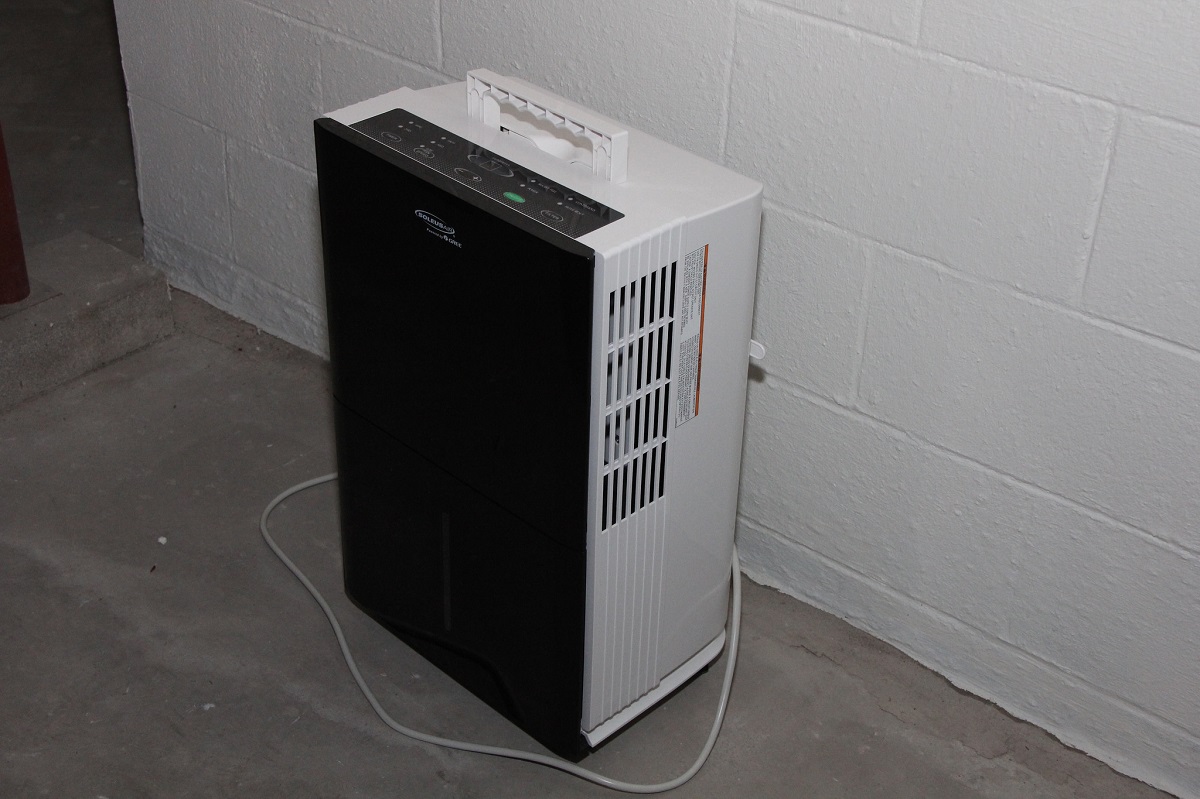
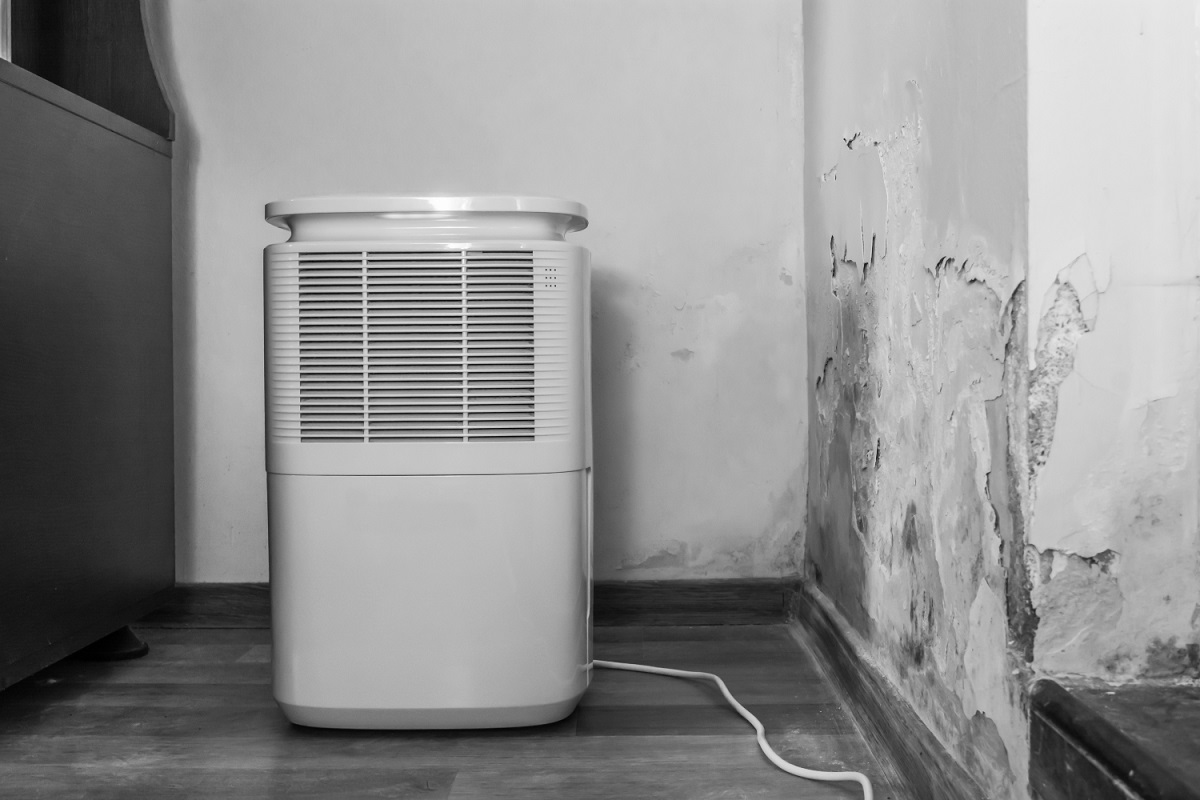
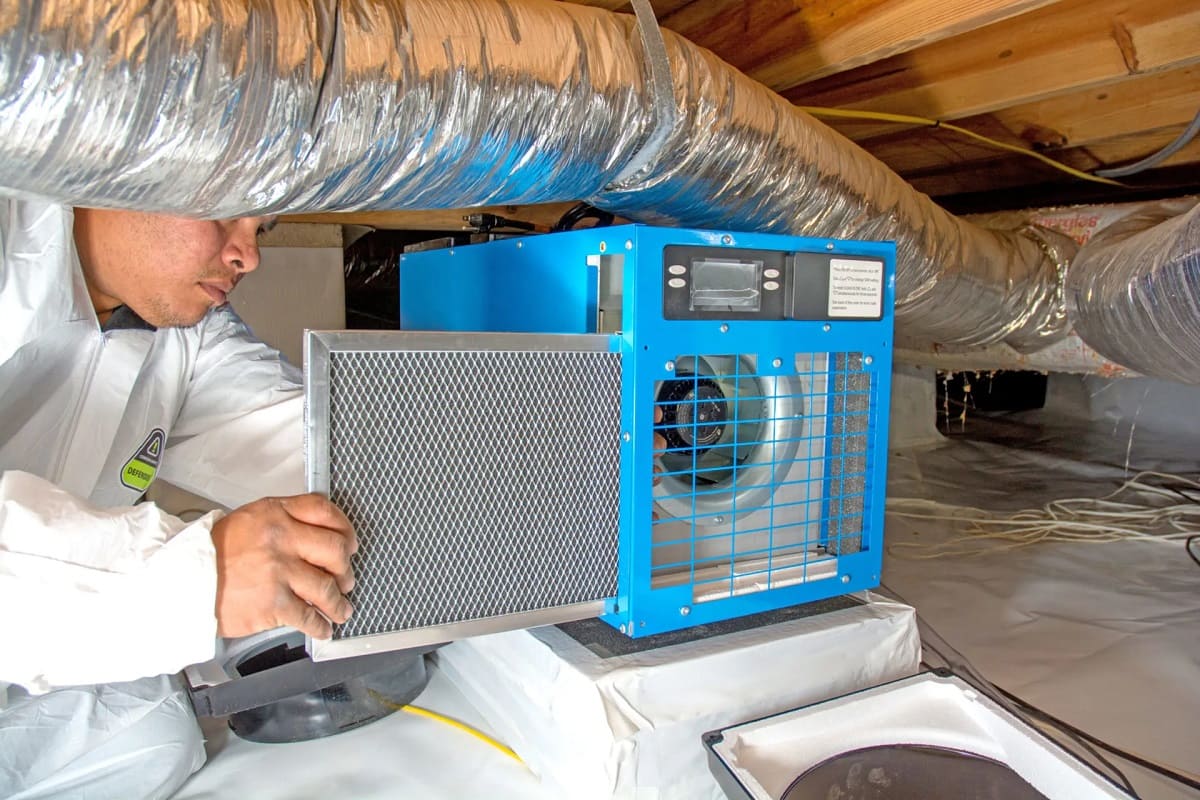
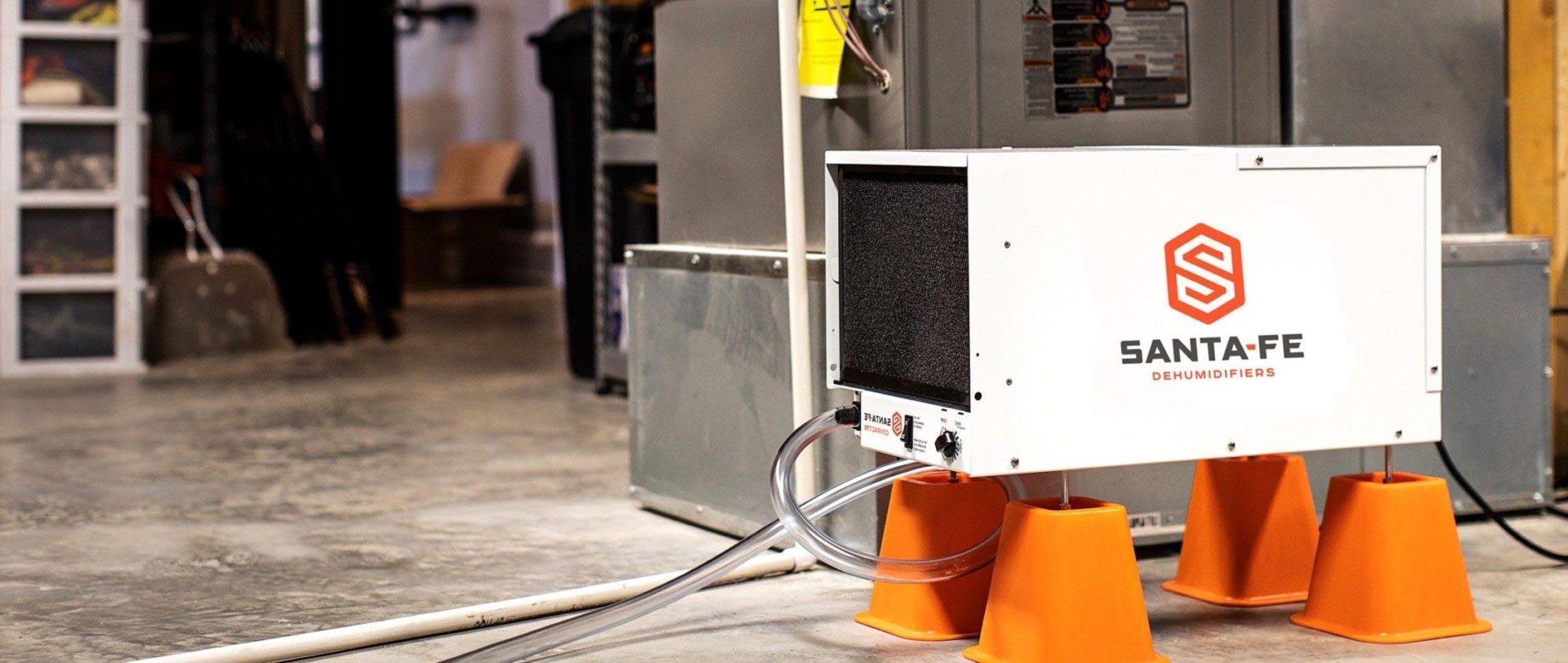
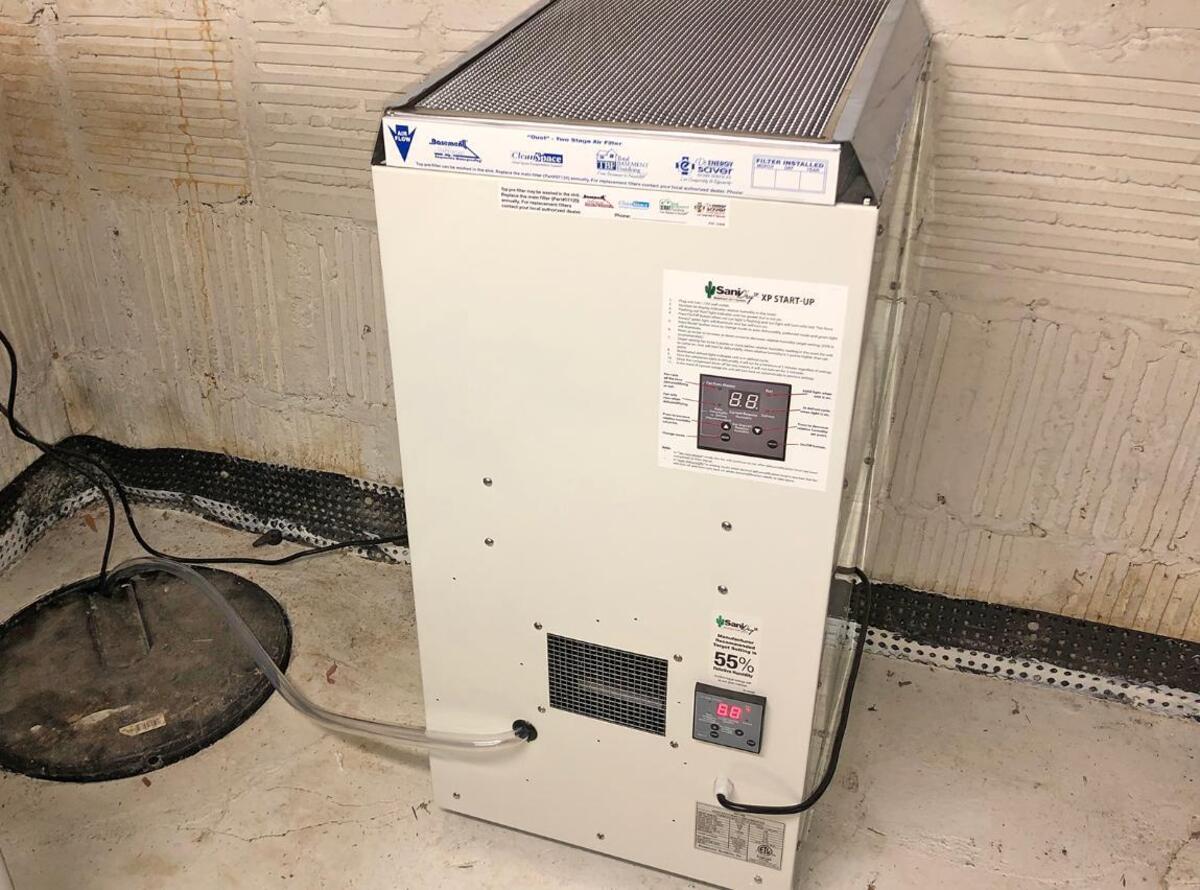

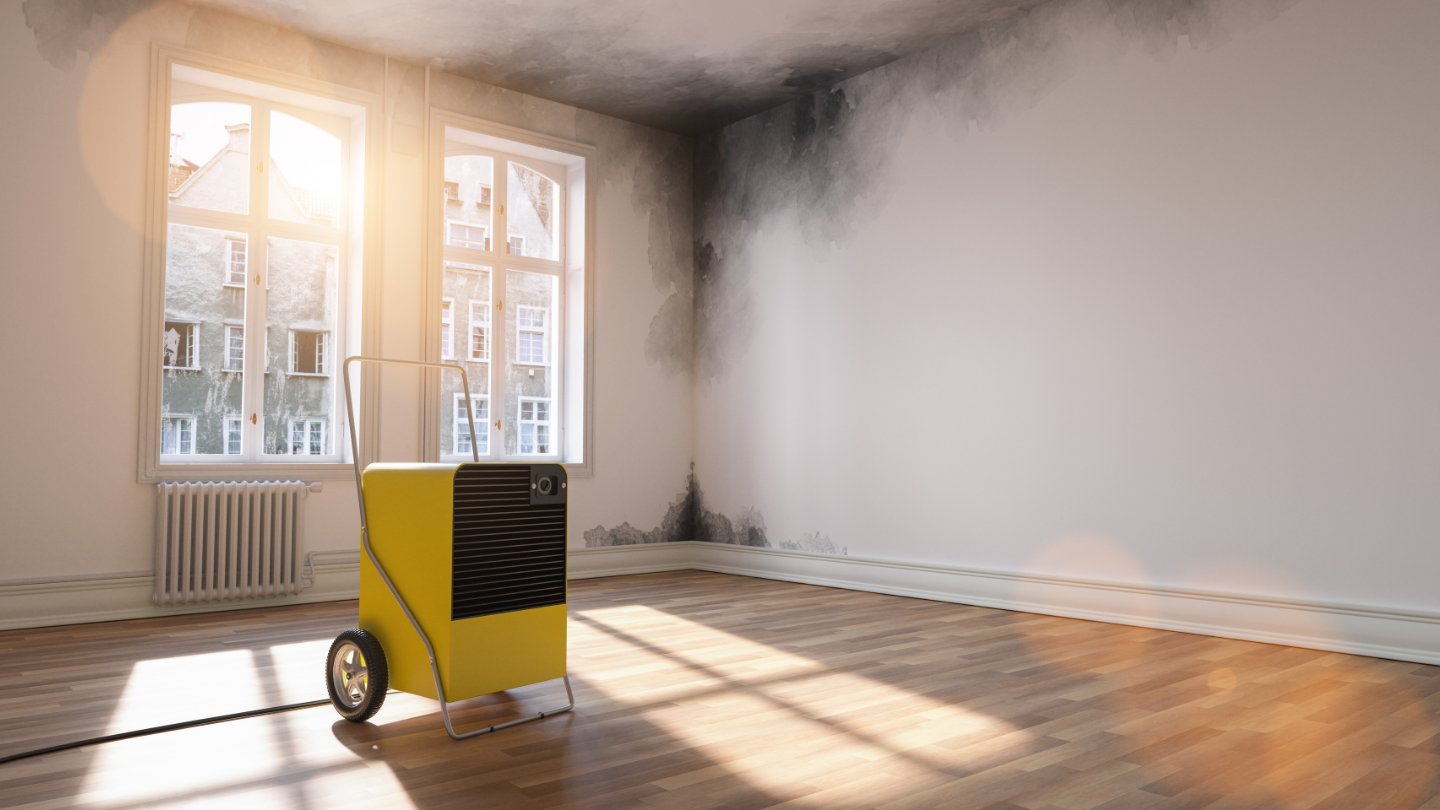
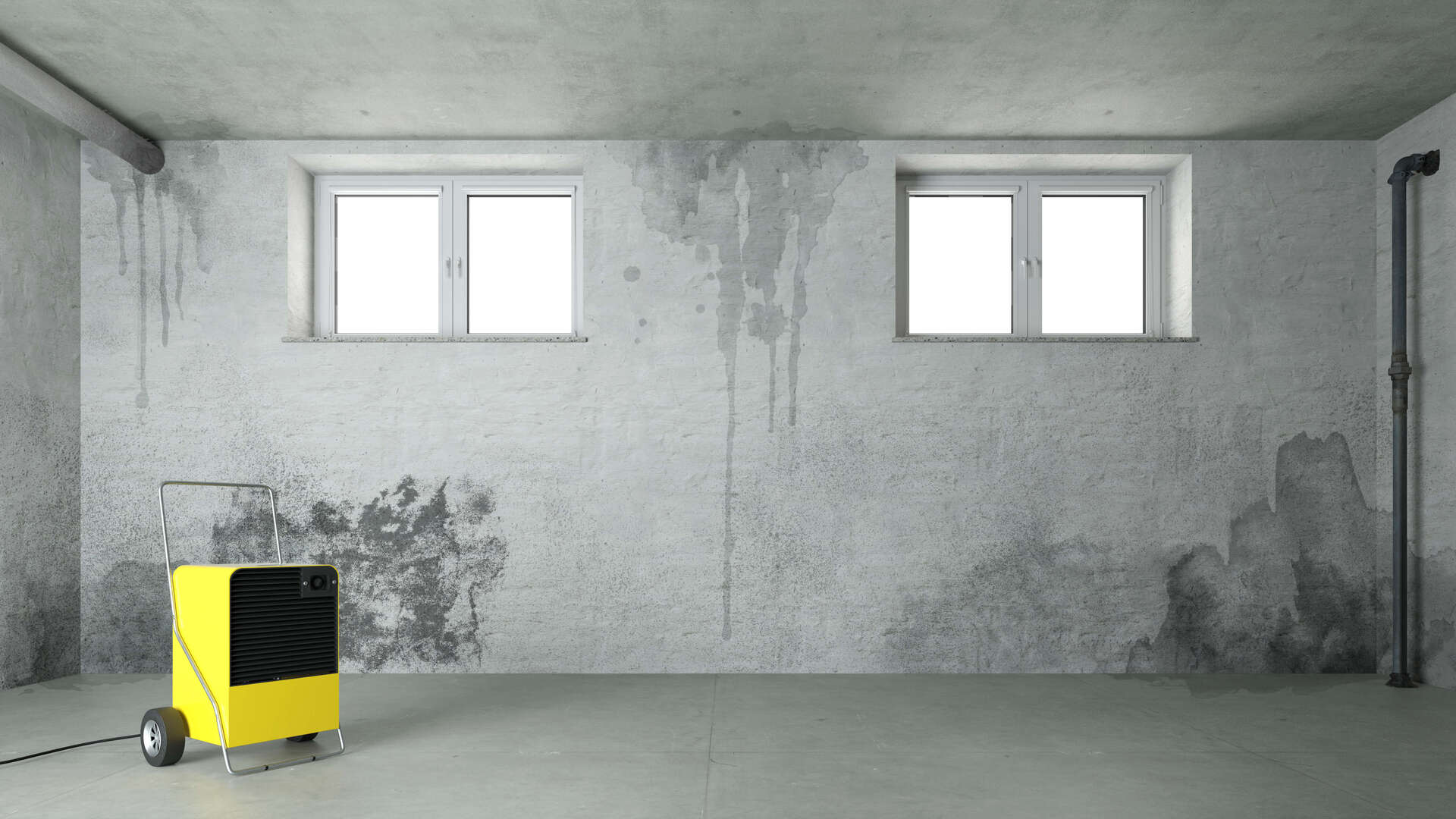
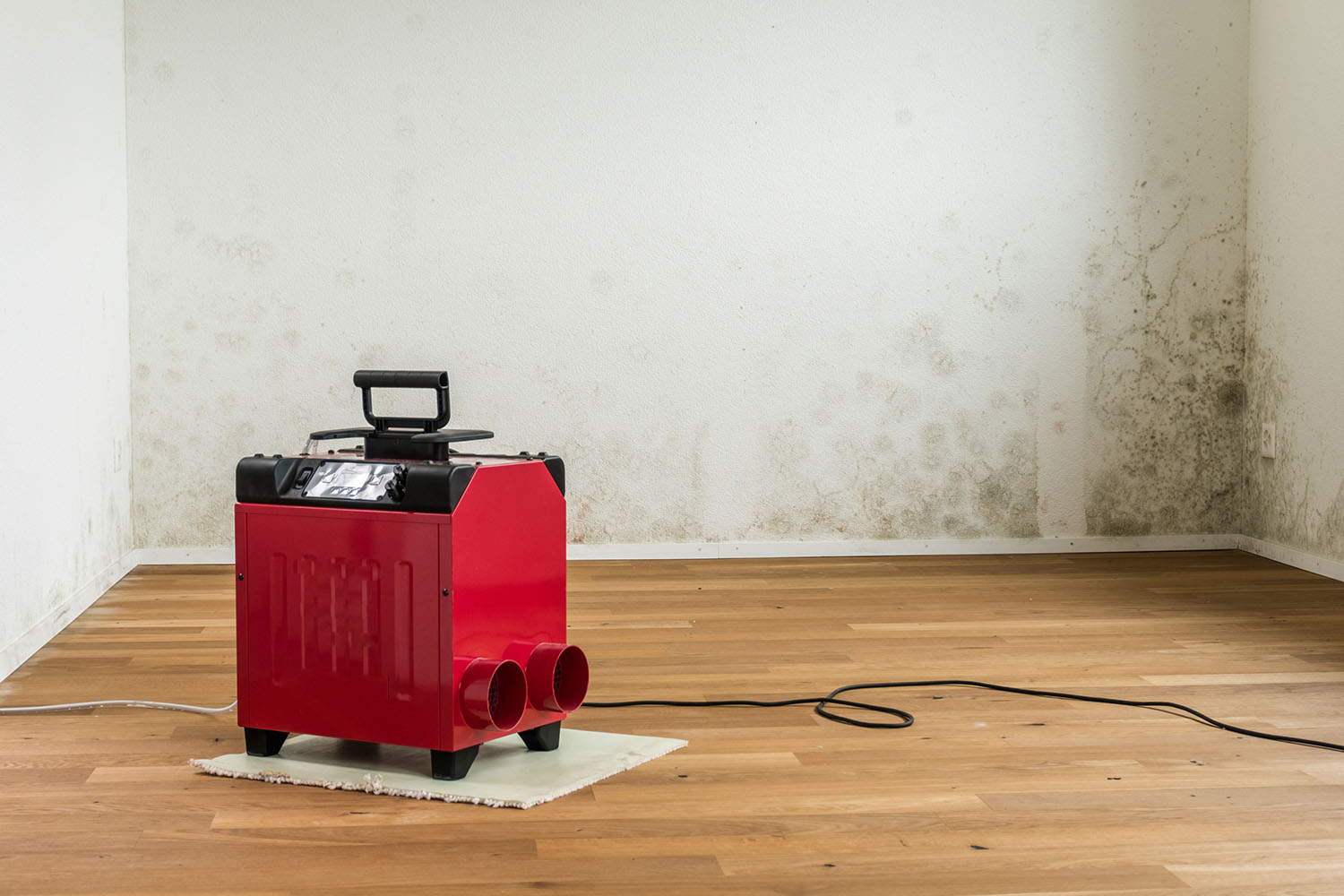
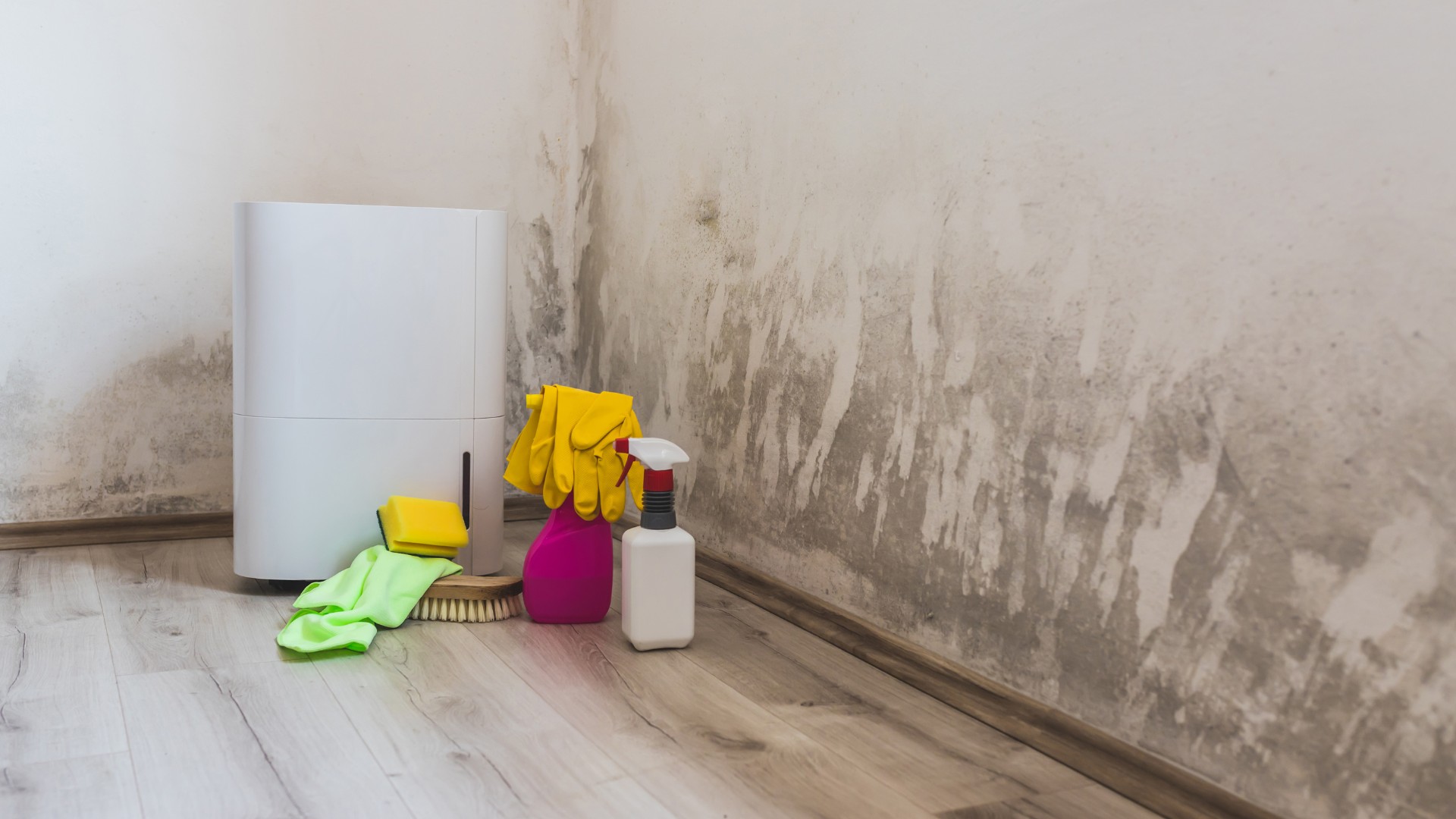
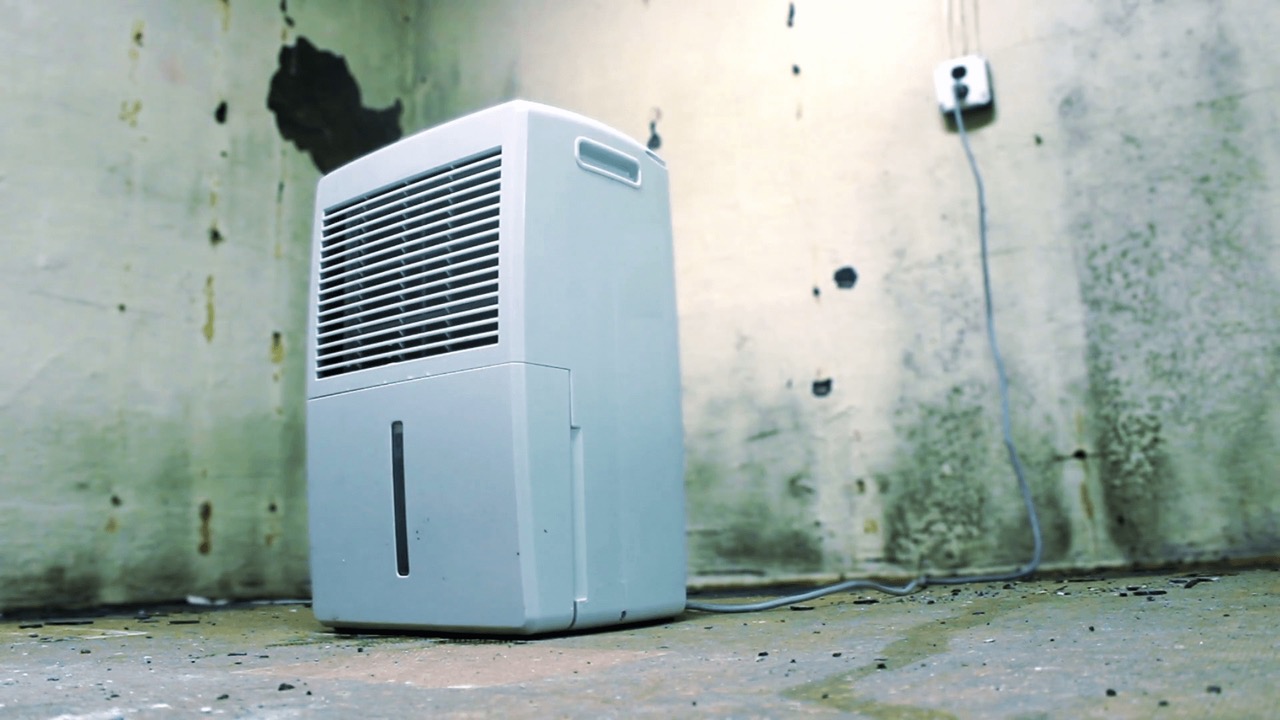
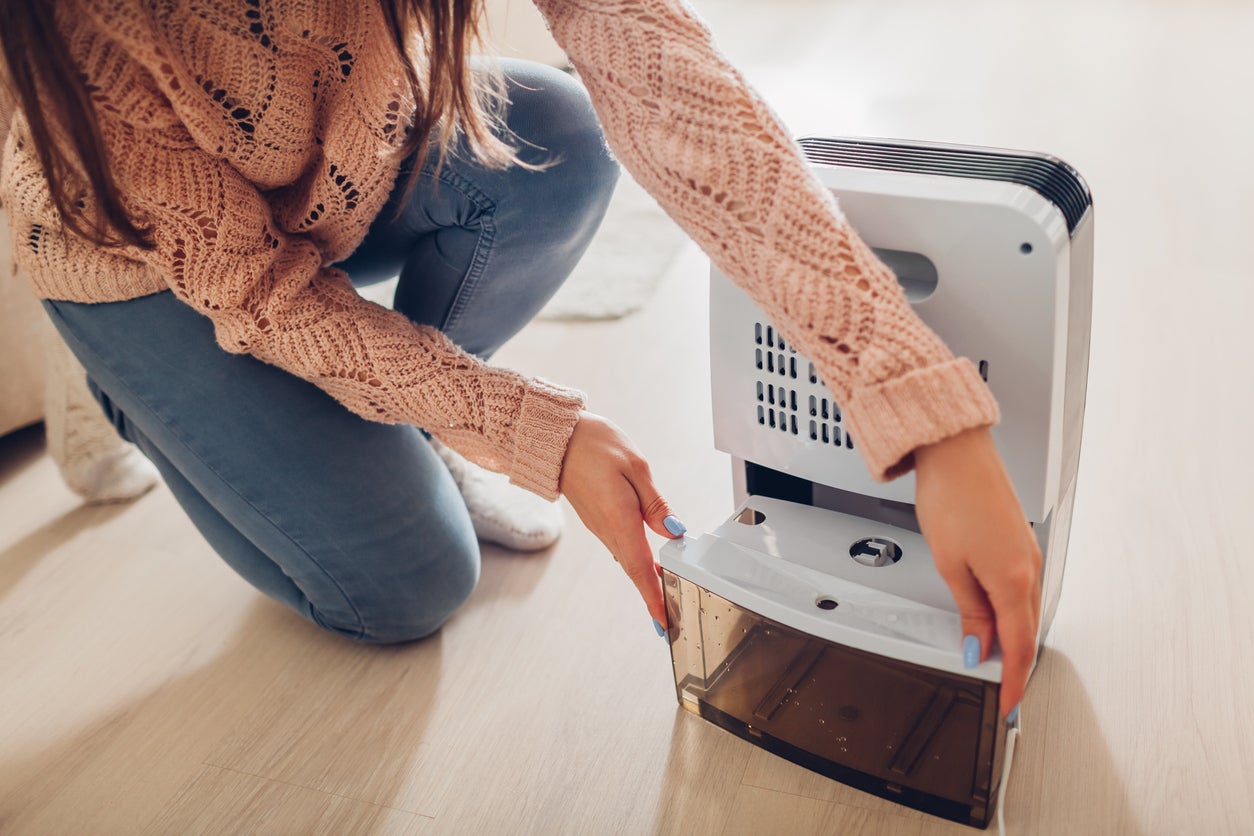
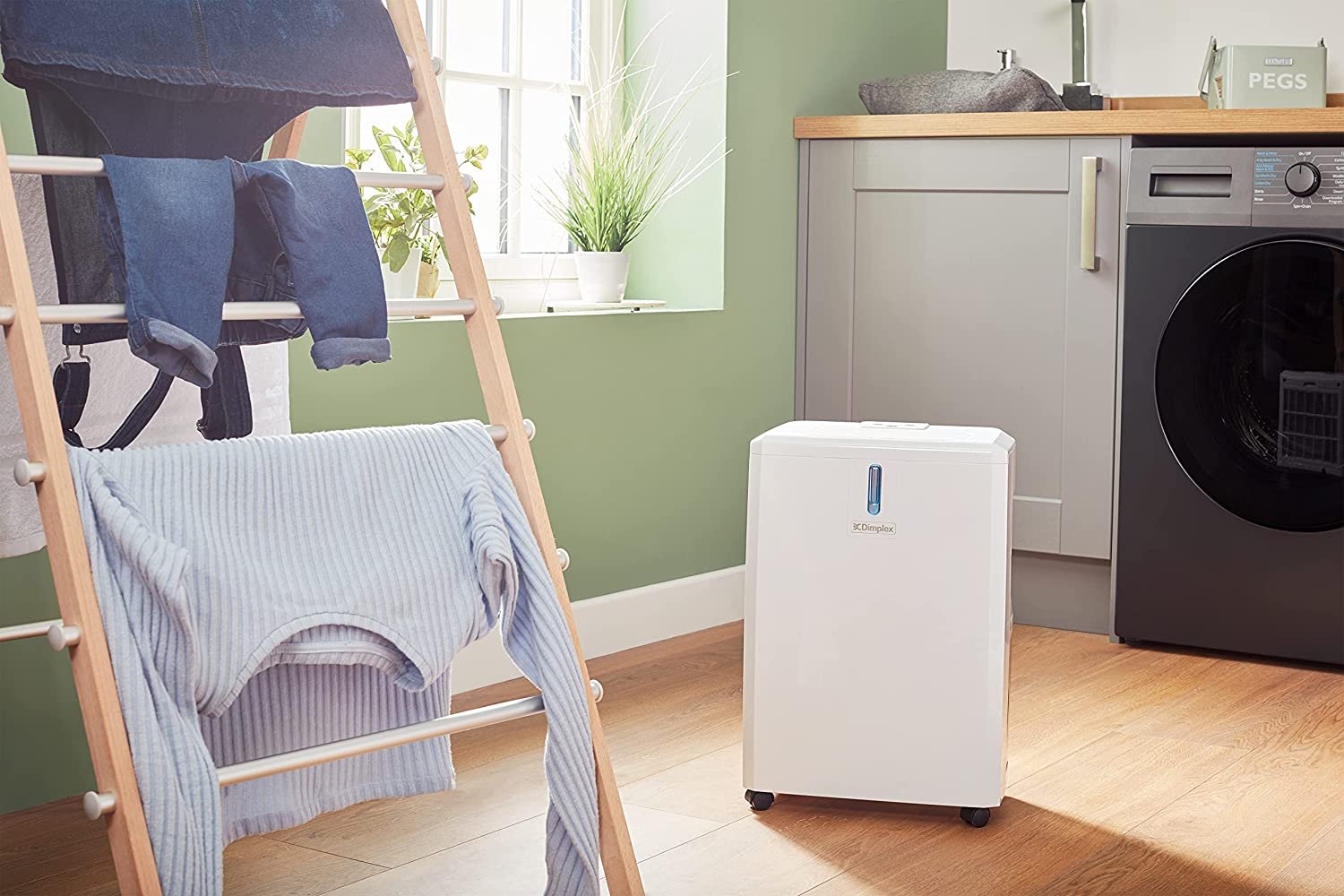
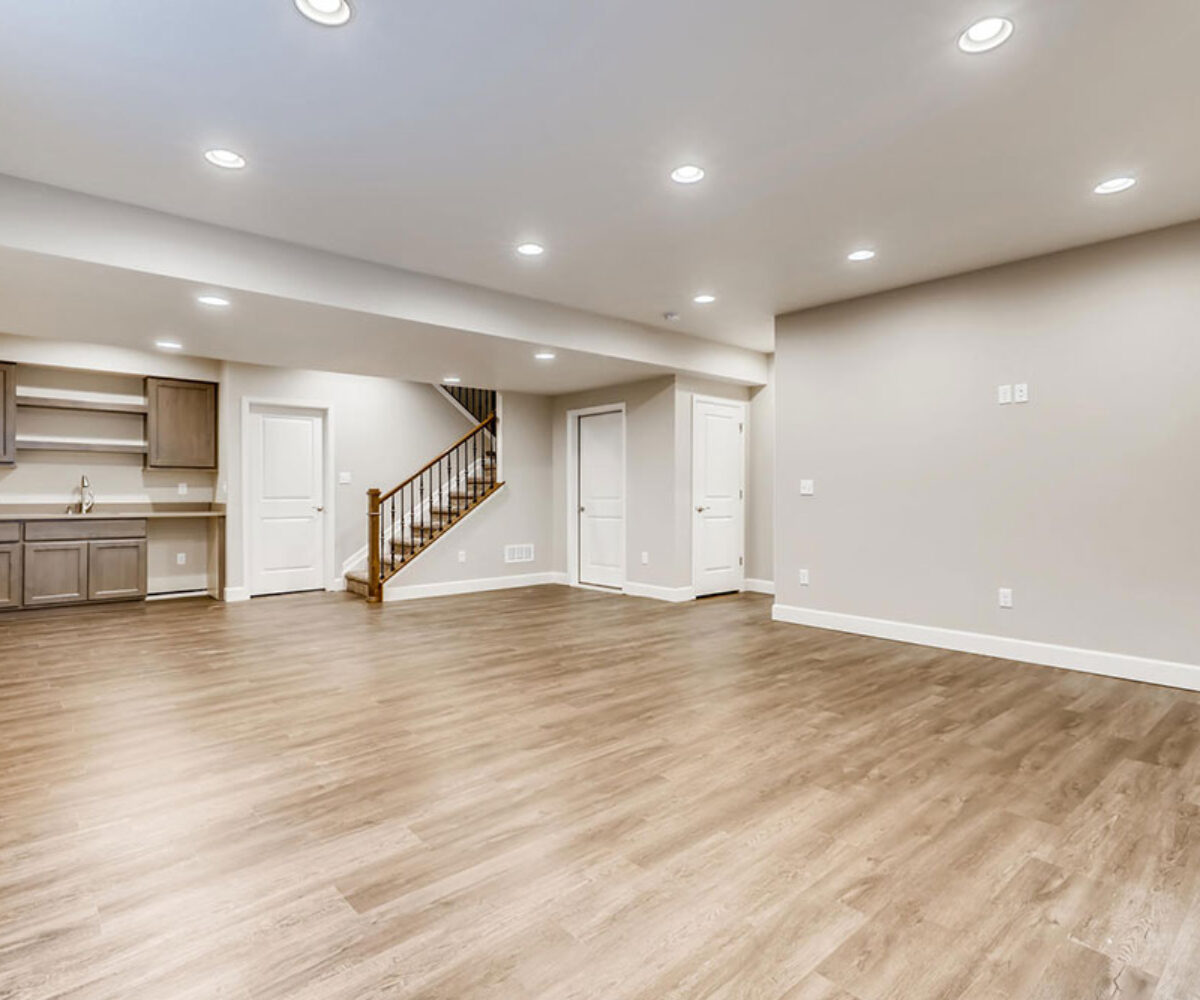

0 thoughts on “What Size Dehumidifier For Basement”